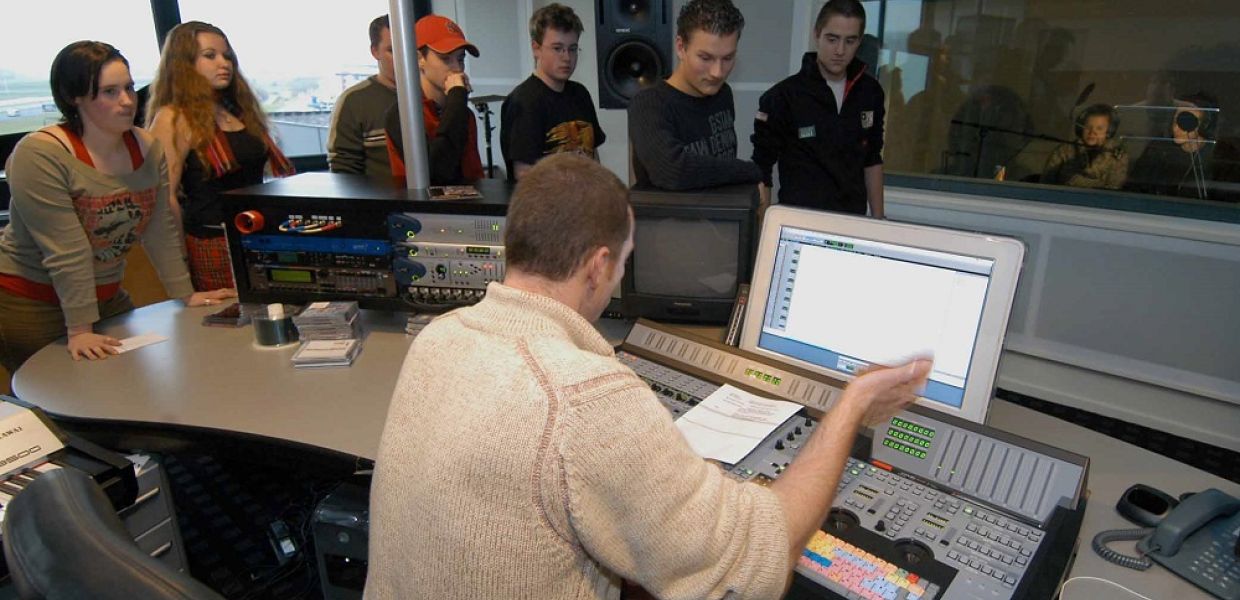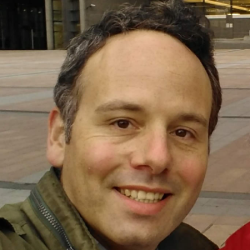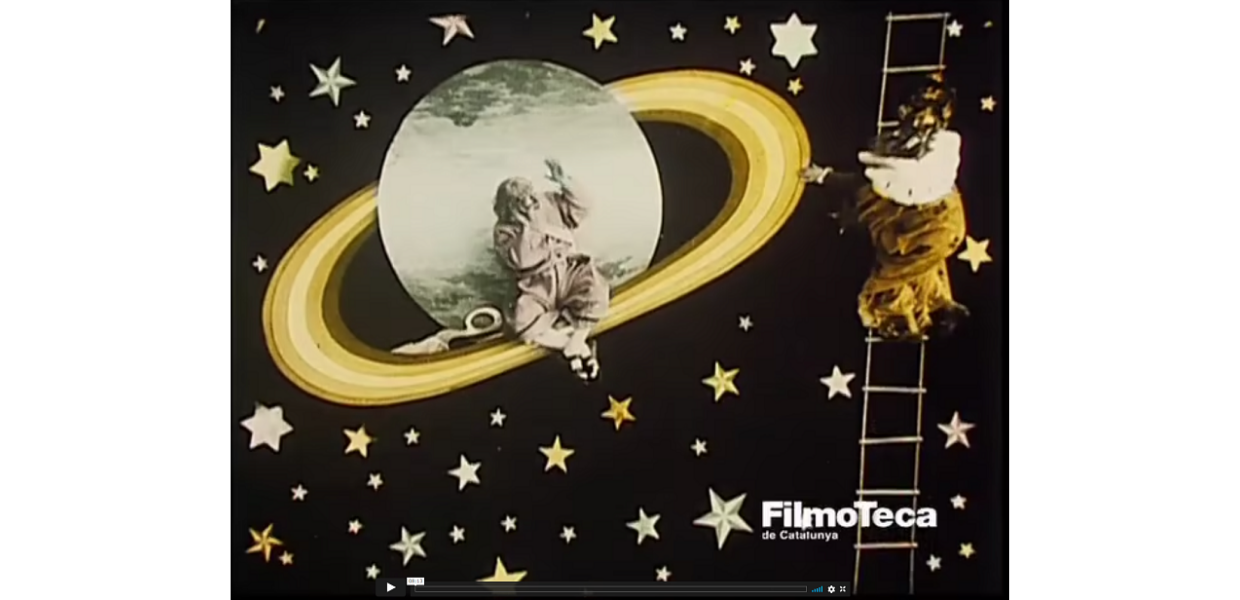Beyond legal considerations, it is always good practice to cite, reference, and point others toward where they can find the source materials you have used, so that other teachers can use them too. The Europeana website has a new functionality that helps you do just that. When you download an item from the Europeana website, you will automatically get a message providing the relevant information to include in the credits. You can also find usage guidelines for metadata here: https://www.europeana.eu/en/rights/usage-guidelines-for-metadata
In some jurisdictions, such as the UK, you don’t need to credit the authors if this is impossible for ‘reasons of practicality or otherwise’. For example, if you use a copyright work when setting up an exam question and giving attribution would ruin the question, then you don’t need to credit the authors. Whenever possible and practical though, it is advisable and often legally required to credit the authors of the works you use for education.
Beyond legal considerations, it is always good practice to cite, reference, and point others toward where they can find the source materials you have used, so that other teachers can use them too.
4. What are copyright exceptions? Is copyright forever?
Copyright does not last forever. In most EU countries, copyright protection generally lasts for 70 years after the death of the author (or of the last surviving author in the case of a work of joint authorship). After that, the works of the author enter the public domain and everyone can use them for free. This means that you are free to use Van Gogh’s paintings, James Joyce’s novels, Mozart’s compositions, Pirandello’s plays and many other public domain works however you want, in education and beyond. As they rely on more recent technological developments, most films and television programmes from the 20th century are still protected by copyright. However, some great old films such as those by Georges Méliès are in the public domain in many jurisdictions.
In certain cases, determining whether a work is out of copyright can be complicated, especially if you are dealing with large scale digitisation projects (see for example the guidance on copyright duration in the UK on the Copyright Cortex website). However, two basic considerations are useful when dealing with public domain materials:
Copyright law is territorial, meaning that different rules apply in different countries. A work might be in the public domain in one country under the life + 70 years rule but not in another like the United States (for guidance on copyright duration in the US, see here). However, if you are dealing with very old materials like Shakespeare’s plays or Leonardo Da Vinci’s paintings, you can safely assume they are in the public domain everywhere.
A recording of a public domain work may be protected by copyright. For example, while Beethoven’s compositions are in the public domain, a sound recording of one of his compositions published less than 70 years ago may be protected. You are free to use the public domain composition (e.g. you or your students can perform it), but you may need permission to use the sound recording. You can also find sound recordings of public domain compositions distributed under CC licences, e.g. on the Incompetech website.
Copyright exceptions are cases in which under certain circumstances one can use copyright protected works without permission from the copyright owner. These uses are permitted by law because they are considered to be socially, culturally, politically or economically beneficial. Education is one of them. Most jurisdictions allow certain educational uses of protected materials, at least in the classroom. However, as with the public domain, copyright exceptions are territorial and vary from country to country, which makes it difficult to rely on them for online uses. You can check which copyright exceptions apply in your country using the interactive map CopyrightExceptions.eu, developed by Kennisland and currently being updated by COMMUNIA. The Horizon 2020 consortium ReCreating Europe is also working with COMMUNIA to map copyright exceptions in the EU. ReCreating Europe is developing the EU version of the CopyrightUser.org website (currently based on UK copyright law), which will provide accessible guidance also on EU copyright exceptions. A new Copyright Directive is being implemented and should ensure that all EU member states will have a copyright exception for teaching (although as it has been noted the implementation may be different in each country). If you are interested in keeping up to date with copyright developments, you can also join the Europana Copyright Community.
5. Where can I find open source materials I can use without having to worry about copyright?
The Europeana website a great starting point. It gives you access to millions of books, music, artworks and more, clarifying the copyright status of each item with rights statements and Creative Commons marks (see Q1). On Europeana Classroom you can also find many educational resources and learning scenarios that use digital culture freely available on Europeana.
Other sources of free to use materials include:
Wikimedia Commons: a collection of over 75 million images, sound and videos that freely usable under Creative Commons and other open licences.
Wikibooks: a collection of thousands of open-content textbooks that anyone can edit.
Flickr and Pixabay: as many other similar websites, offer images that are free to use under Creative Commons or other open licences.
Prelinger Archives: a collection of over 60,000 films (mostly “ephemeral”) that are in the public domain in the US (so bear in mind territoriality, see Q4).
Incompetech: royalty-free music recorded by Kevin MacLeod.
NASA content: works produced by the US federal government are generally not protected by copyright. These include most of the images, audio and videos created by NASA.
The Open Content Toolkit created by the ENA Education community member Theodore Kuechel.
These FAQs were written by Bartolomeo Meletti, Education and Research Executive at Learning on Screen (UK) as well as Creative Director for the CREATe Centre at the University of Glasgow, and Rafael Montero,a Secondary MathsTeacher at Colegio Corazón de María (Spain) and the Europeana Teacher Ambassador for Spain.
















